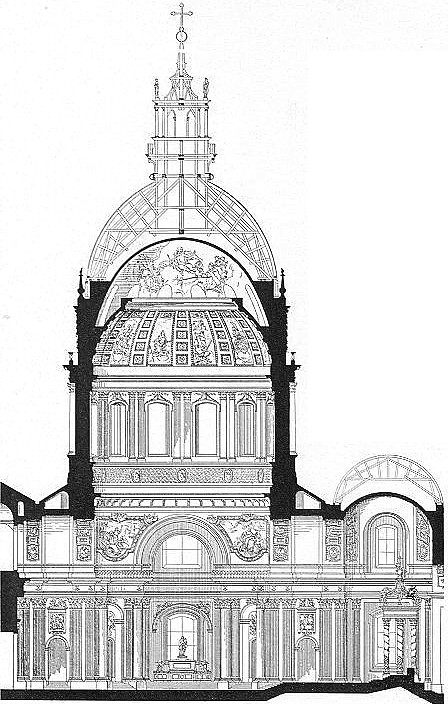Andreas Schlüter
sculptor and architect; b. May 20, 1664 (in Hamburg); d. 1714.
After the death of his father, Gerhard Schlüter, a sculptor, Andreas became a pupil of the sculptor Sapovius in Danzig (East Prussia). Between the ages of twenty and thirty he visited Italy, and in 1691 entered the service of Johann III Sobieski, King of Poland, at Warsaw. Here he attracted the notice of Prince Friedrich of Prussia (afterward Elector Friedrich III and in 1700 King Friedrich I), who in 1694 made him court sculptor at Berlin. After 1696 Schlüter built the greater part of the palace of Charlottenburg in Berlin. In 1697 he made the model of the equestrian statue of the Elector Friedrich III in Königsberg. The famous equestrian statue in Berlin of the Great Elector Friedrich Wilhelm was begun by Schlüter about 1698 and placed in position in 1705. Schlüter superintended the sculptural decoration of the Zeughaus (Berlin), and made the series of twenty-one masks of dying warriors in the inner court of that building. About 1699 he was made architect of the Schloss in Berlin, and held that office until 1706, when he was superseded by Eosander. In 1713 he was chief architect of the Russian court and died the next year in Saint Petersburg.
| |

Jules Hardouin-Mansart, Dome of the Invalides (Paris: 1680-91).
| |
|